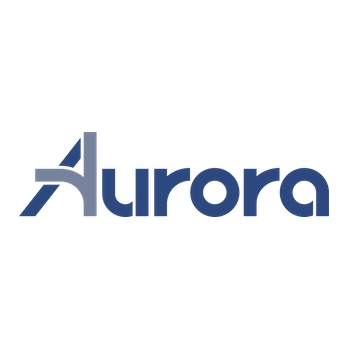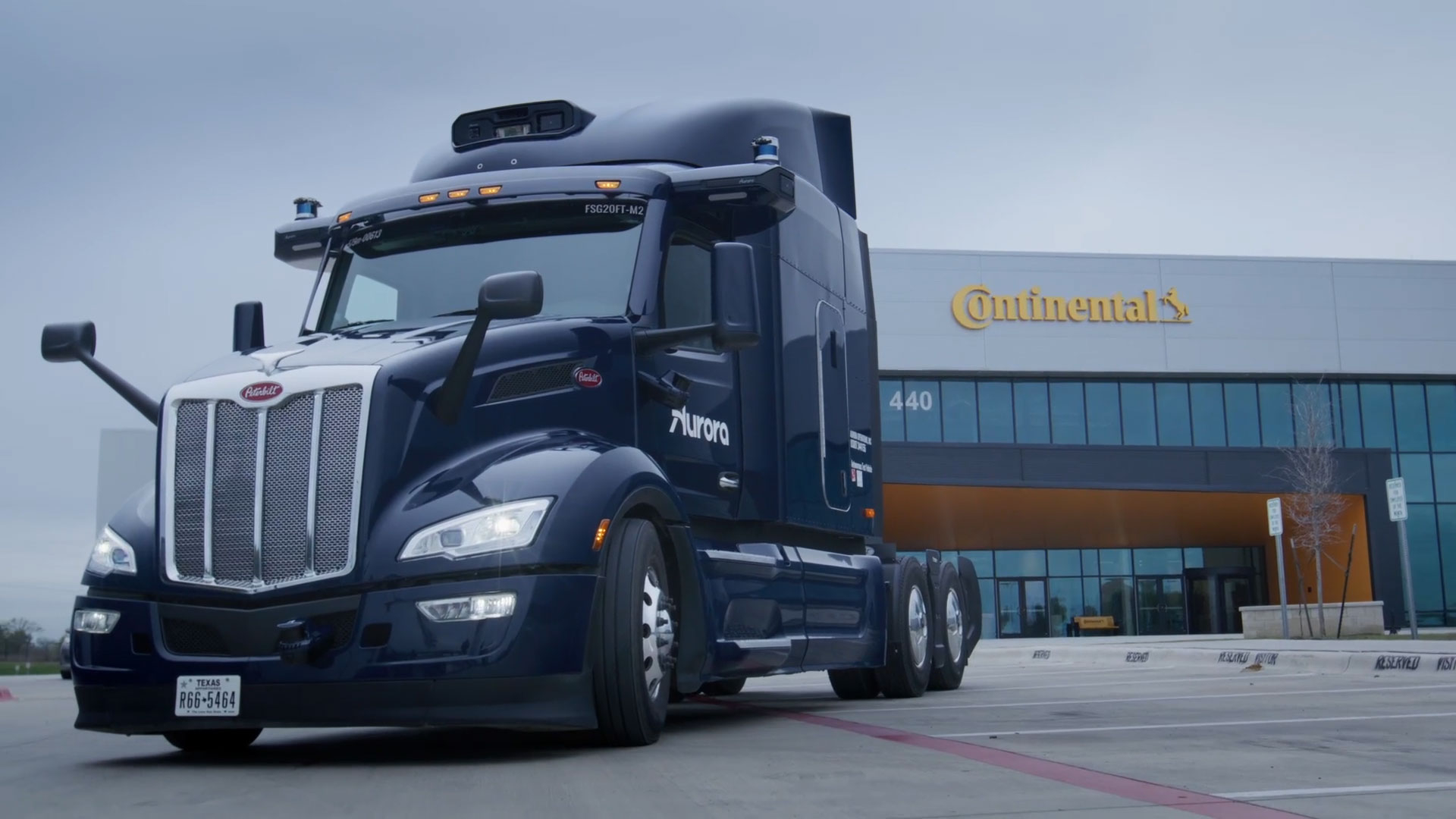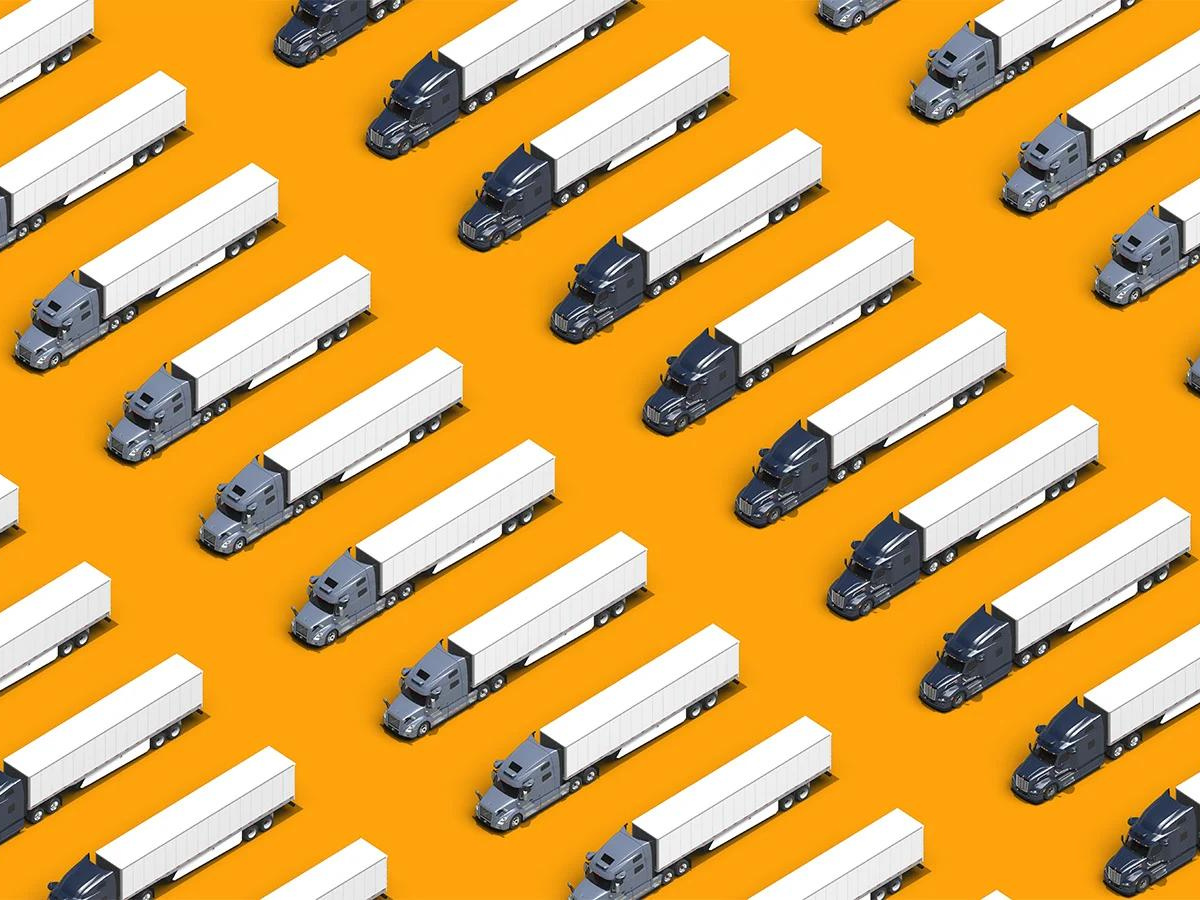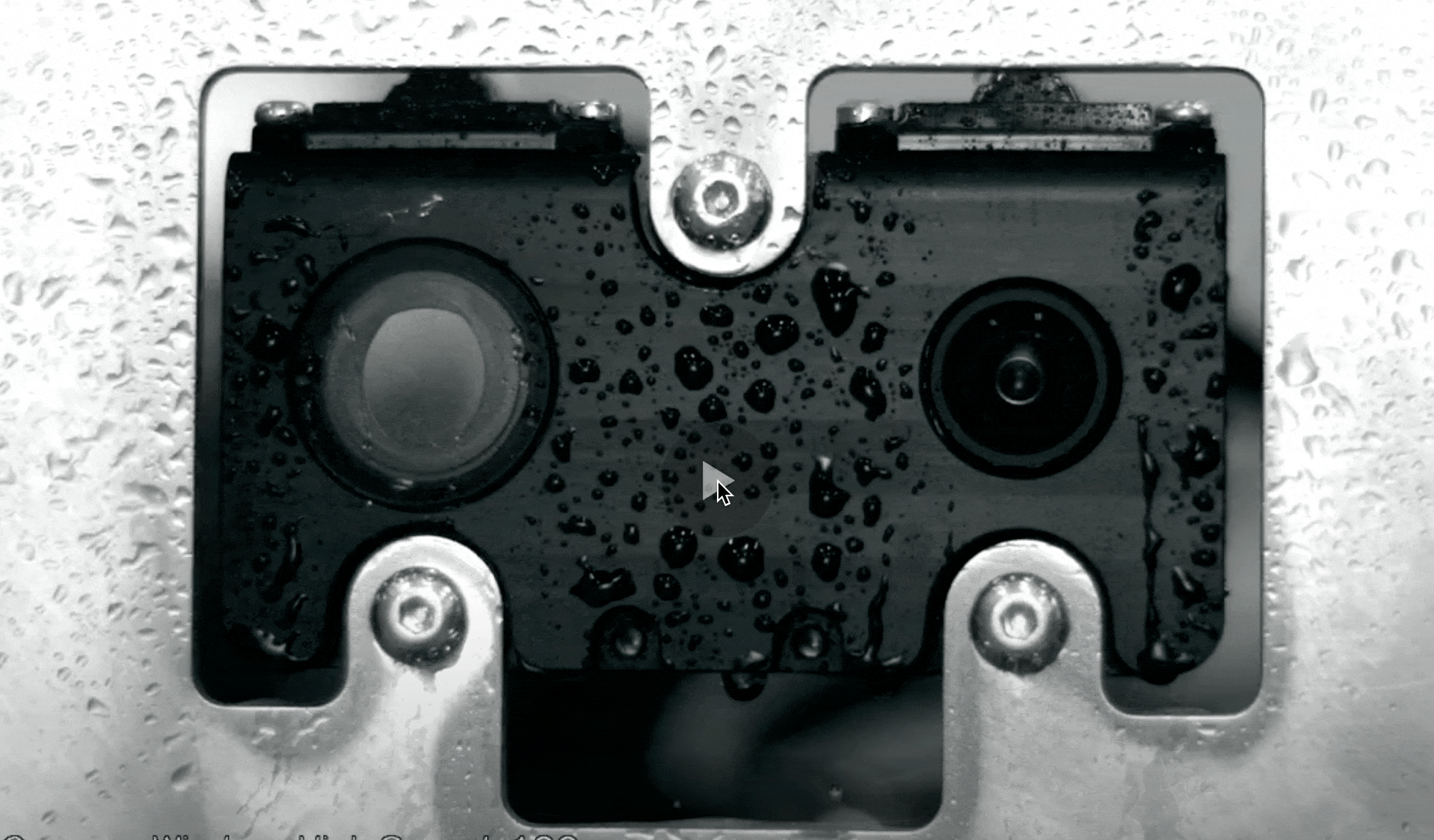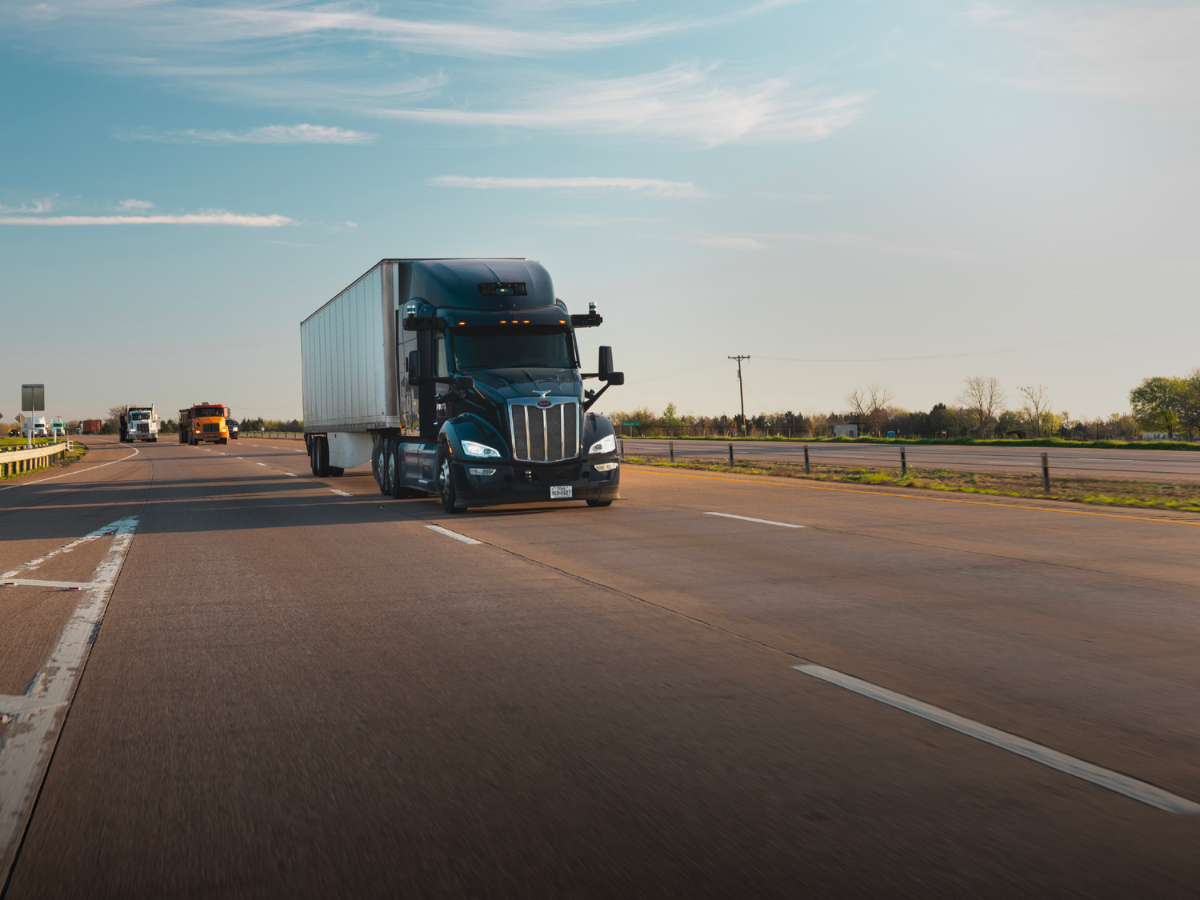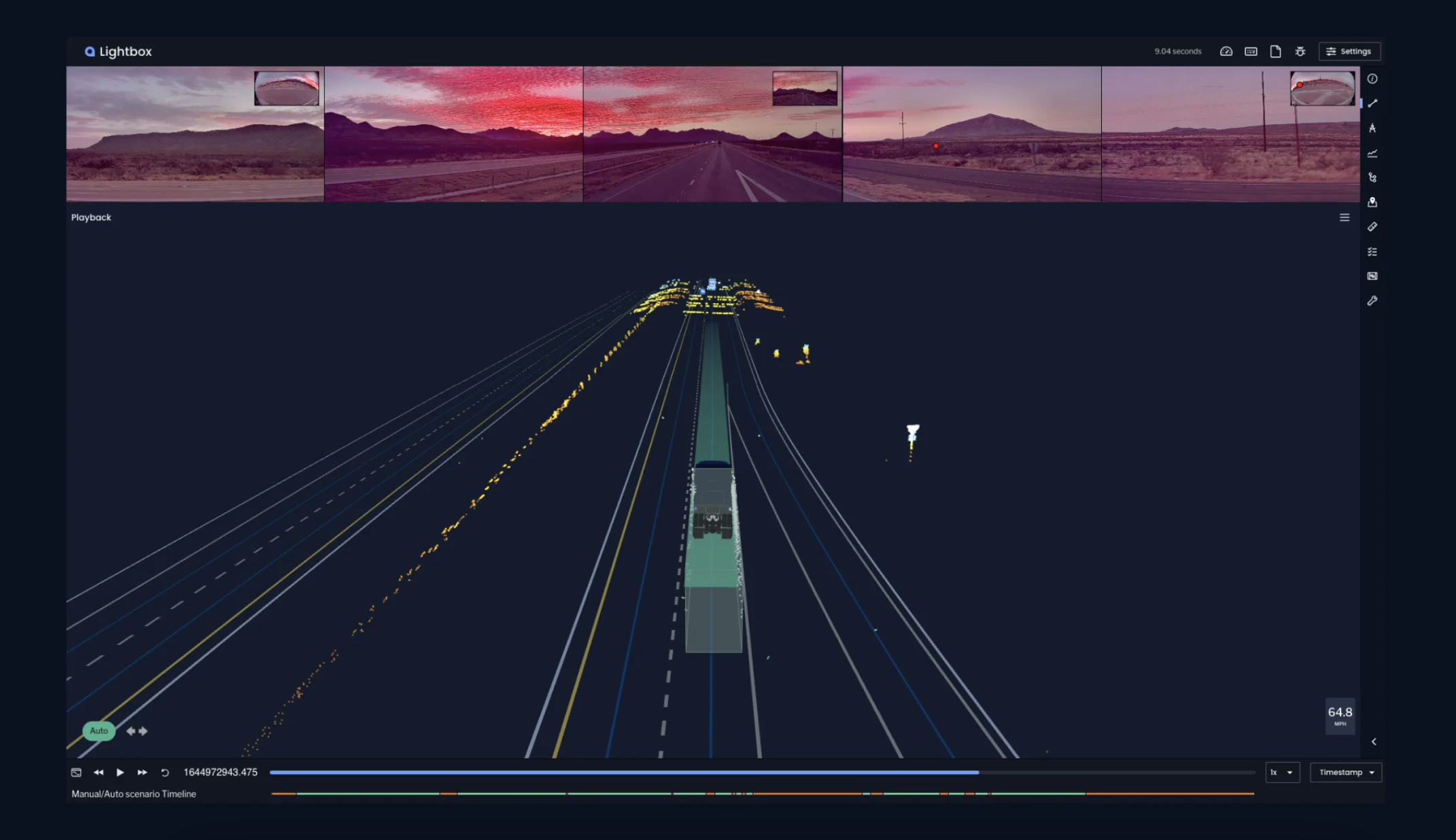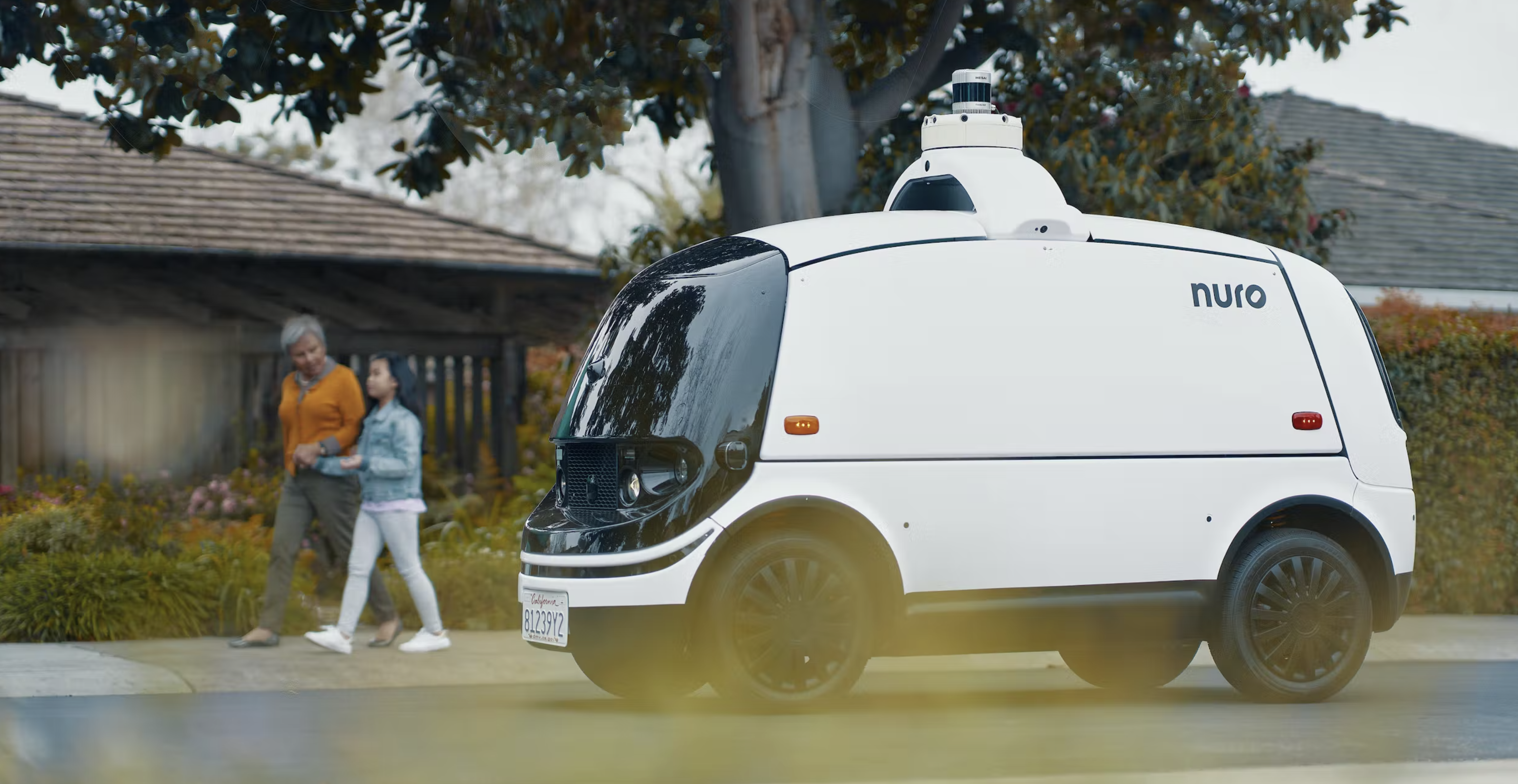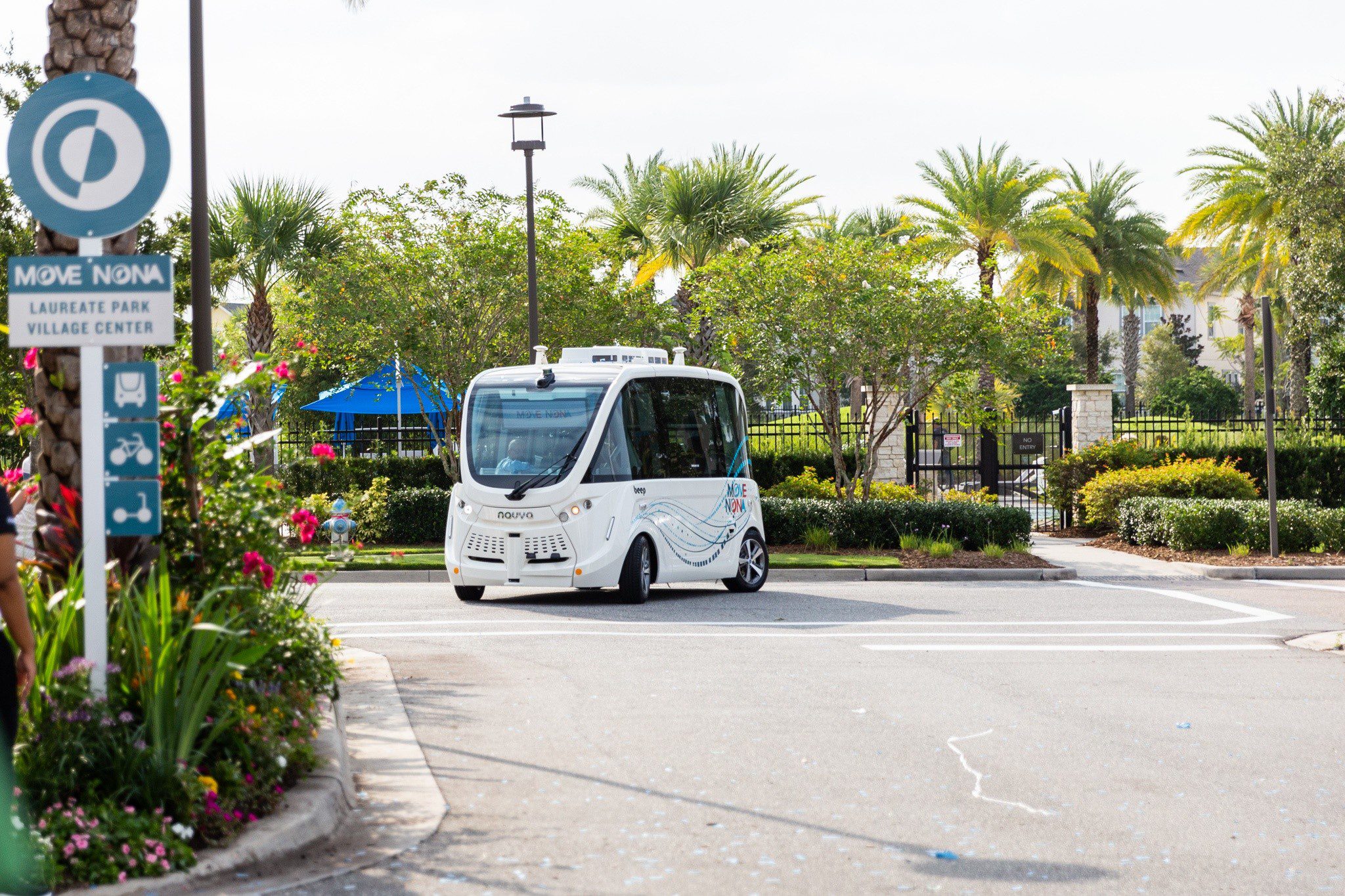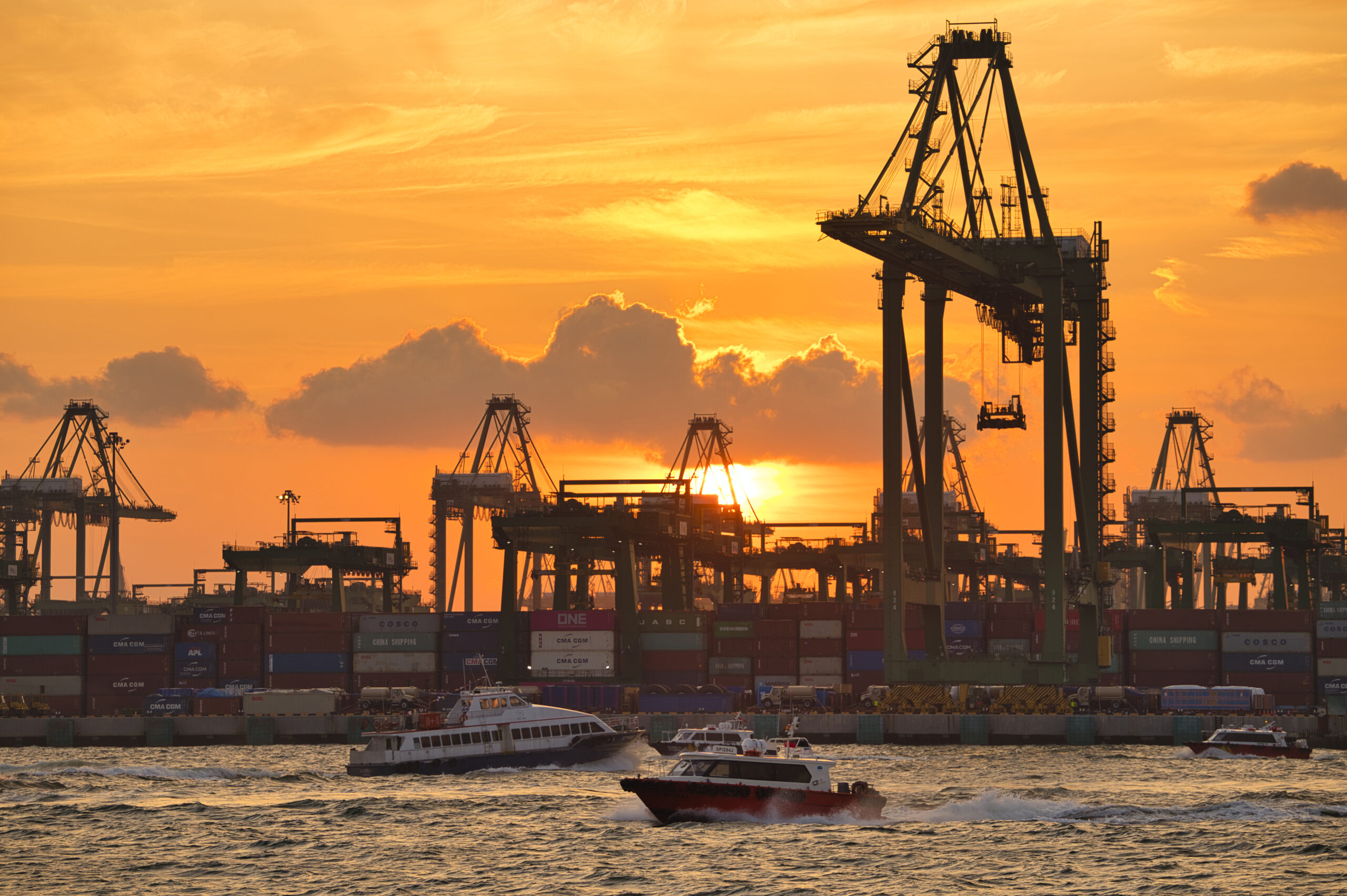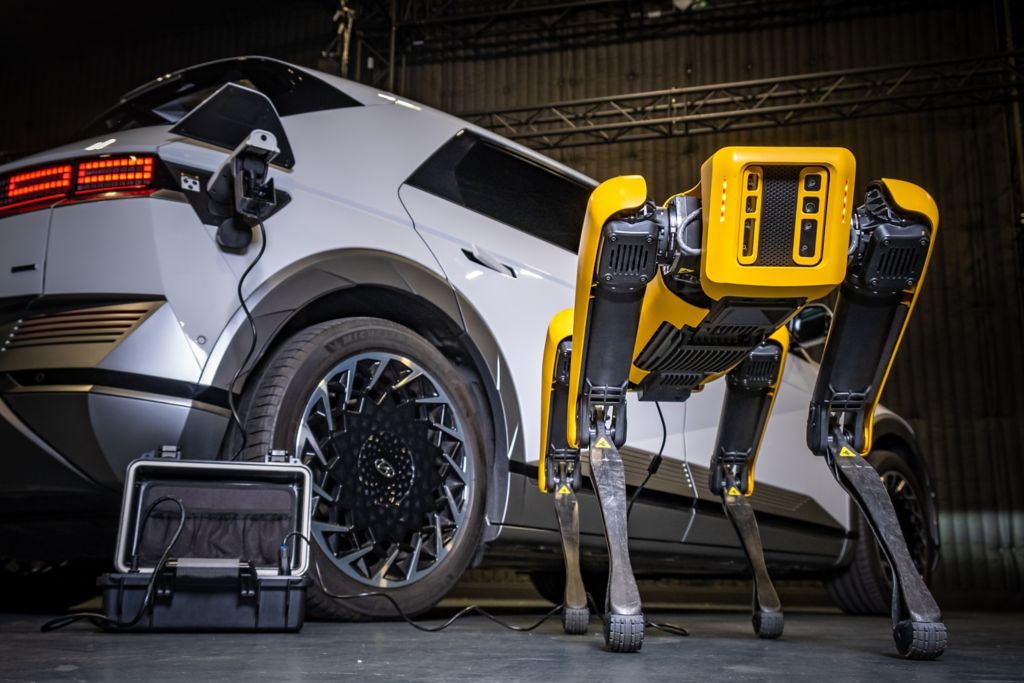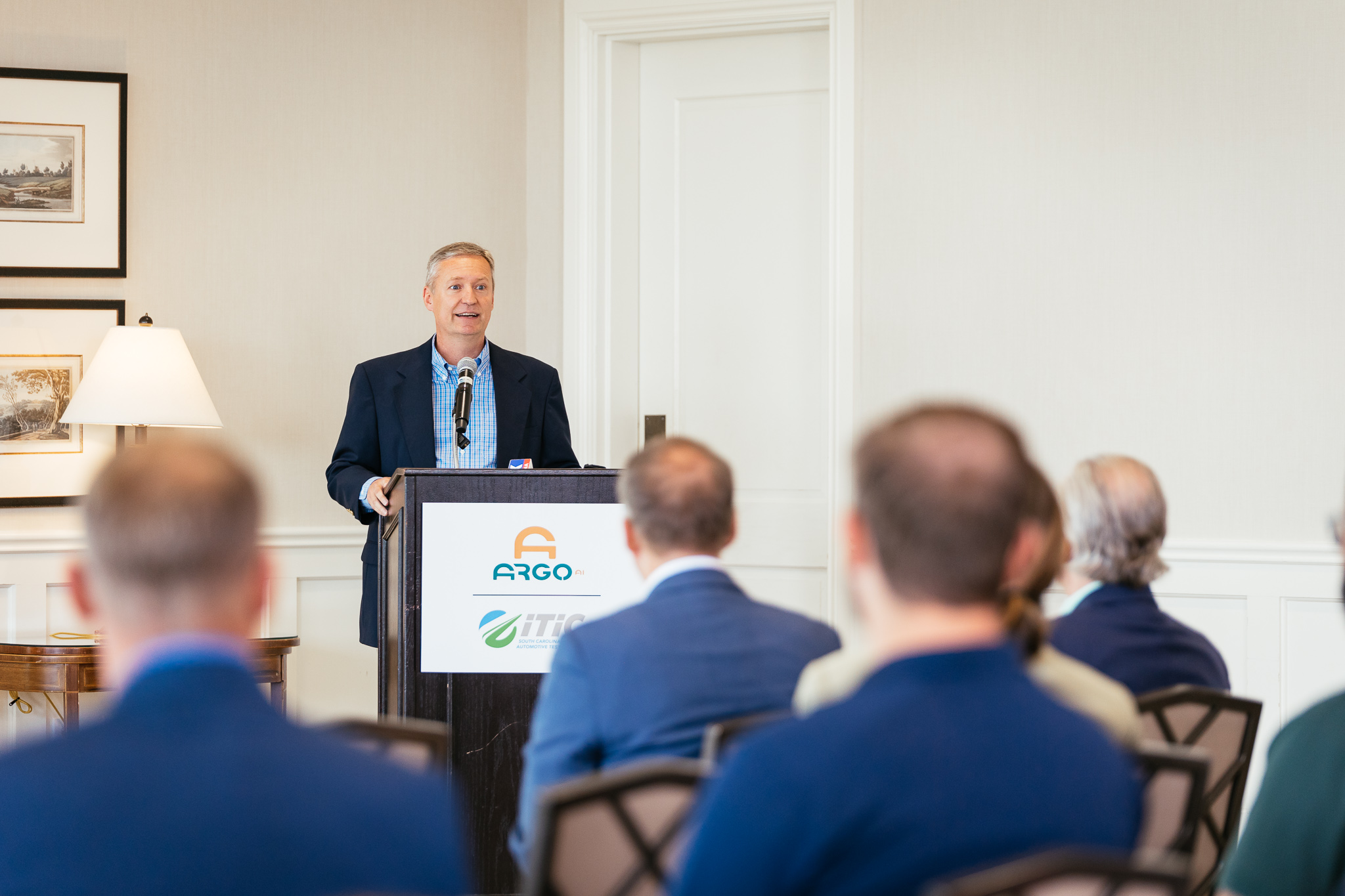Recap: Aurora Accomplished Key Commercialization Milestones in Q1 2022
In our Q1 2022 Business Review call, we reflected on the progress we’ve made over the last few months toward commercializing our self-driving products. We continue to build momentum by maturing our technology, announcing new services, bringing on new partners, expanding our pilots, and more.
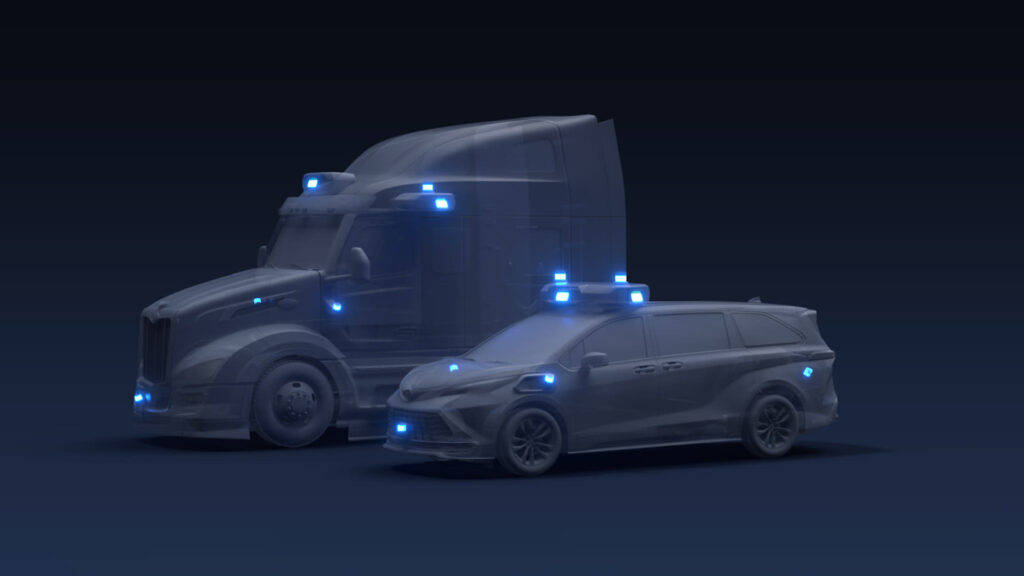
These milestones strengthen our path to market and expand the capabilities of the Aurora Driver. Here were our big moments from the last few months:
Aurora Beacon: Unprecedented Visibility and Control for Autonomous Fleets
As part of our Business Review call, we introduced Aurora Beacon – a new suite of fleet management tools we are creating to provide to customers as part of our Aurora Horizon trucking and Aurora Connect ride-hailing products. Aurora Beacon augments existing transportation management systems and will enable unprecedented visibility and control over freight and passenger mobility fleets. You can read more about Aurora Beacon in our featured blog post from our Co-founder and Chief Product Officer Sterling Anderson.
Growing the Aurora Partnership Ecosystem: Welcoming Werner and U.S. Xpress
We recently welcomed two important partners to the Aurora Partnership Ecosystem. First, we kicked off work with U.S. Xpress as a new collaboration partner, and began leveraging data from their digitally-enabled fleet to identify where our self-driving technology can best complement existing operations. Then last month we announced our partnership with Werner, a premier logistics provider and full truckload (FTL) carrier, with whom we’re hauling commercial freight loads on the 600-mile route between Fort Worth and El Paso, Texas.
Scaling our Work in Texas: Expanded Pilots and New Terminals
Through our growing network of partners and expanse of pilot programs, we’re learning how to integrate our products into customers’ networks and building operational strength. Since the start of this year, the Aurora Driver has already driven double the commercial miles and delivered twice as many commercial freight loads as compared to 2021. These pilot programs operate in a commercially representative manner – providing our partners with many of the same services that our commercial customers will receive, like backend tools for scheduling and execution of drop-and-hook trailer operations.
We also opened terminals in Fort Worth and El Paso in Q1. These new sites are equipped with technological and operational infrastructure to support commercial operations on our freight lane between the two cities – the middle portion of one of the busiest commercial thoroughfares in the United States.
Common Core of Technology: Delivering the Benefits of Transferable Hardware
In Q1, we delivered on the promise of our vehicle-agnostic approach to self-driving technology by demonstrating how the Aurora Driver will power both our trucking and ride-hailing products. Our investments in a common core between vehicle platforms paid off – our autonomous Toyota Siennas achieved parity of performance with our Class 8 semi-trucks after only six weeks of on-road testing, and our test fleet is now on the road in Dallas.
On-road capabilities are now aligned between the two platforms, which includes highway driving. We see our ability to offer highway-dominant trips as a competitive advantagethat will help Aurora Connect tap into a differentiated and lucrative segment of the passenger mobility market.
Releasing the Aurora Driver Beta 2.0: New On-Road Construction Capabilities Stand Out
We also released the Aurora Driver Beta 2.0, which unlocked crucial capabilities that help enable autonomous operations on key commercial freight routes, including the ability for the Aurora Driver to handle multiple types of construction zones. On our Fort Worth to El Paso route specifically, Aurora autonomous vehicles encounter approximately 40 construction sites each round trip.
By empowering our autonomous vehicles to handle lane closures, make adjustments within lanes to nudge around construction barriers, and identify and react to temporary construction-related signage, we significantly expanded our ability to operate autonomously on highways. This has resulted in an 18-fold improvement in construction handling on our Fort Worth to El Paso route.
Our vehicles are now also able to handle Texas U-turns – frontage roads that allow vehicles to quickly switch directions on the highway. Understanding and handling this kind of distinct regional road feature is essential for scaling the operational domain of the Aurora Driver.
That’s Wheelie Cool: Strengthening Detection of Vulnerable Road Users
Can an autonomous vehicle detect a motorcycle, even if it’s doing a wheelie? It’s an age-old question in the self-driving industry (ok, maybe just at Aurora), which we answered during a drive in one of our autonomous Toyota Siennas in the Dallas area. See above as our vehicle recognizes a showboating biker on the highway.
We’re proud of what we achieved in Q1 this year, and as we work toward commercializing our autonomous trucking product in late 2023, we look forward to sharing more progress soon.
This article was originally published by Aurora.

